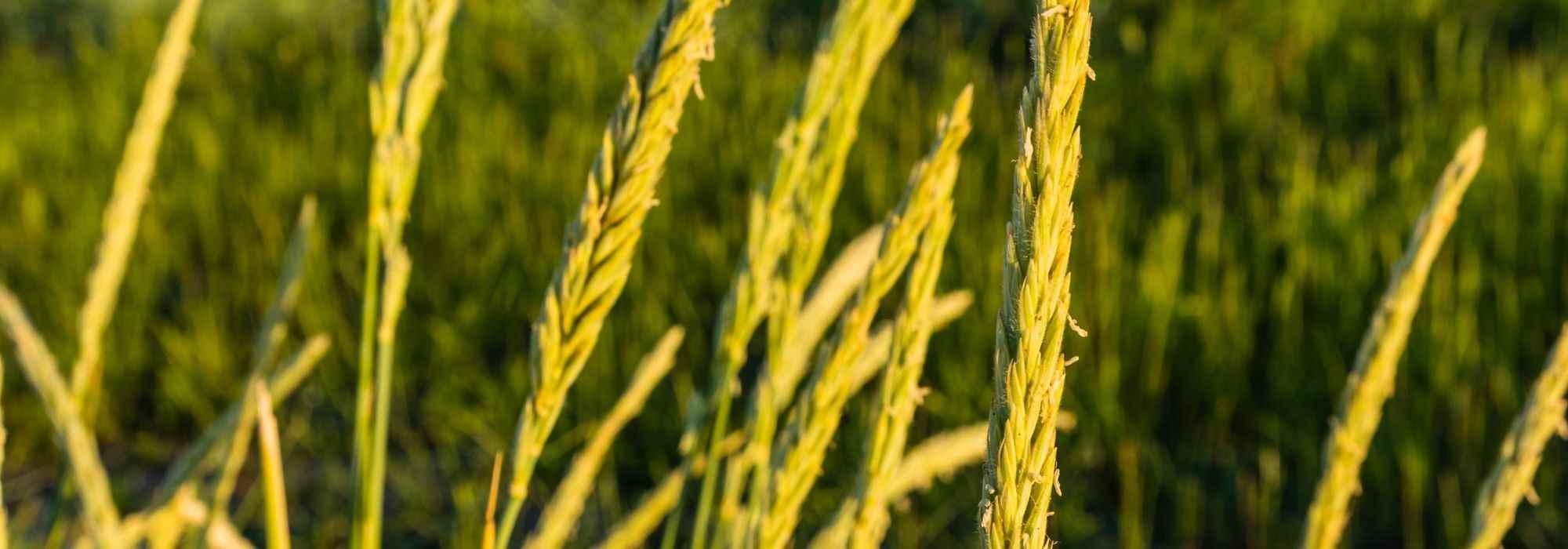
7 fast-growing grasses
Our selection of fast-growing plants!
Contents
Deciduous or evergreen foliage, grasses are ornamental plants that are generally easy to grow. Some of them stand out due to their rapid growth. Thus, in the first year of cultivation, they can quickly cover sparsely vegetated areas with their long leaves or satisfy busy gardeners by adding a splash of colour to the garden with their well-developed foliage or beautiful flowering. Angel hair, broom grass, and many others will provide you with lush vegetation with very little maintenance.
Discover our selection of 8 fast-growing grasses!
Stipa tenuifolia: a flexible and luminous foliage
Currently very trendy, Stipa tenuifolia or Stipa tenuissima is a grass commonly found in contemporary gardens. Unfazed by the wind, its slightly trailing, evergreen foliage, fresh green with blonde spikes in summer, undulates at the slightest breeze and shines under the sun’s rays. This wonderful grass then turns golden in autumn and promises a decorative effect throughout winter. Angel’s hair prefers well-drained, stony, and dry soils, as well as warm, sunny locations where it grows quickly. In just two years, this grass reaches 50 cm in all directions. Very resistant to cold and drought, this plant requires little maintenance: at the end of winter, simply remove the dry foliage by hand. Silky and airy, Stipa tenuifolia fits perfectly into rockeries or dry gardens alongside lavenders, stonecrops (for example, ‘Red Cauli’), thistles (‘Tiny Jackpot’, ‘Blue Hobbit’), or yarrow offering numerous flower colours. You can also grow stipa in a large pot to adorn a terrace or balcony.
⇒ Everything you need to know about Stipa, Angel’s Hair: planting, pruning, maintenance
⇒ Discover our range of Stipa on our website
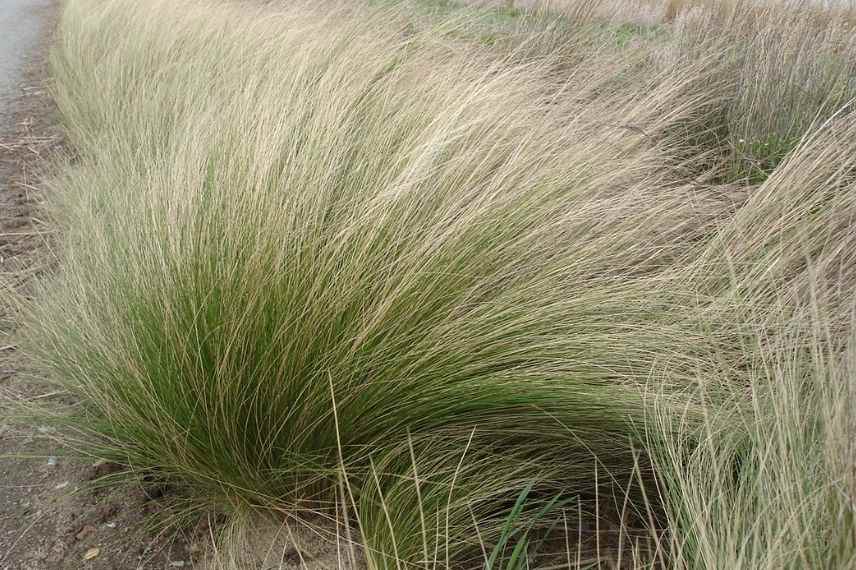
Stipa tenuifolia
Read also
5 fast-growing evergreen treesMelica ciliata: all in grace
Very decorative yet little known, Melica ciliata is overshadowed by the famous stipas, Chinese fountain grasses, and miscanthus, yet it deserves more recognition. Indeed, the ciliate melic displays a beautiful fountain-like silhouette growing to 80 cm tall and 30 cm wide. Its slightly curved culms sway and dance elegantly in the wind. At their tips, feathery spikes adorned with cilia change colour throughout the seasons: starting green, they turn cream white and then take on a more pronounced beige hue. The narrow, flexible leaves combined with the inflorescences create an impression of lightness and an enchanting charm for the melic. Also known as Pearl Grass, the ciliate melic thrives in full sun and dry soils where it easily self-seeds. With good cold resistance, it is easy to grow and maintain. In a naturalistic setting, Melica ciliata can be paired with larger plants like the Siberian sage ‘Blue Spire’ as well as prairie plants like purple coneflower, Dianthus carthusianorum, and mulleins.
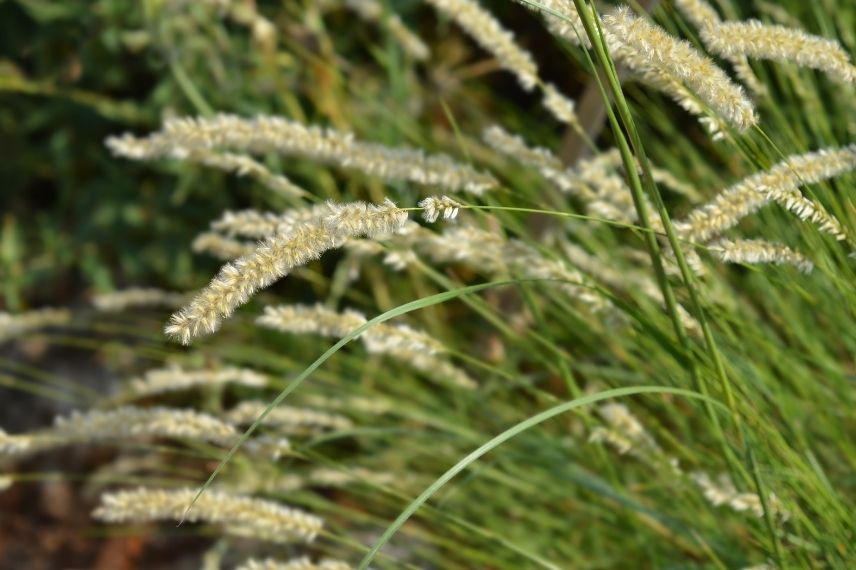
Melica ciliata
Discover other Ornamental grasses
View all →Available in 0 sizes
Available in 1 sizes
Available in 0 sizes
Available in 0 sizes
Available in 0 sizes
Available in 1 sizes
Available in 0 sizes
Available in 1 sizes
Available in 1 sizes
Available in 1 sizes
Carex pendula: simple and effective
In the family of Cyperaceae, the pendulous sedge is valued for its great hardiness and attractive herbaceous appearance. The Carex pendula is a robust perennial that grows quickly, preferably in partial shade, in cool to moist soil. Also known as the Great Sedge, this carex can reach heights of between 60 cm and 1.20 m and spread to about 60 cm. Its flexible leaves are dark green with lighter green underneath. During summer, from June to July, flowers appear on the culms in the form of approximately 10 cm long, brown, pendulous spikelets. Very easy to grow and maintain, simply comb the clump by hand to remove dead foliage before the start of spring. With its wild appearance and preference for cool areas, plant the pendulous sedge alongside Gunnera magellanica, an excellent groundcover for moist soil, the robust Lysimachia fortunei, the meadowsweet (Filipendula ulmaria), or even ferns.
⇒ Everything you need to know about Carex: planting, dividing, and maintaining
⇒ Discover our range of Carex on our website

Carex pendula
Lagurus ovatus: irresistible spikes
The Lagurus ovatus (‘Bunny Tails’ in English) is a small grass often found around the Mediterranean and the west coast of France. Also known as Dwarf Hare’s Tail or Big Cat, it grows easily in sandy soil, coastal areas, and scrublands. With rapid growth, the Lagurus forms a tuft about thirty centimetres in all directions at maturity. The beautiful feature of this plant is its elegant flowering with soft, silky spikes! Initially tinged with green and pink, then white and finishing golden, these ovate inflorescences, measuring 2 to 4 cm, rise above its herbaceous foliage from June to October. The leaves also change colour over time, transitioning from green to blonde before ending up a bronzed hue. This low-maintenance grass only requires well-drained soil and sunlight to thrive. However, be aware that it is mainly used as an annual plant, as it is frost-sensitive. In borders, rockeries, or pots, pair the light spikes of the Lagurus with flowers that have a light appearance and soft colours, such as the small verbena ‘Virgo Sky Blue’, the Love-in-a-Mist ‘Miss Jekyll Blue’, or the begonia ‘Maxima Rose Bicolor’. This will preserve all the softness and delicacy of this ornamental plant. Note that its flowers are excellent for dry bouquets.
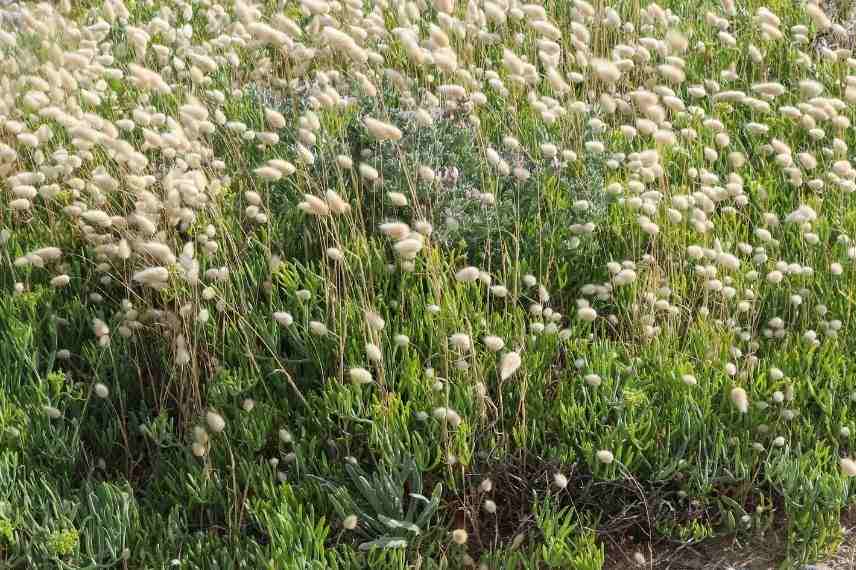
Lagurus ovatus
Chinese fountain grass ‘Red Bunny Tail’: colourful inflorescences
Rather rare yet highly ornamental, Pennisetum massaicum ‘Red Bunny Tail’ offers a flowering display quite different from the more commonly known Pennisetums. This cultivar, derived from a species with African origins, is valued for the colour of its summer flowering. From July to September, this variety of Herb with spikes adorns itself with numerous silky cylinders, transitioning from pink-brown to dark red. The dense and compact foliage of this grass grows rapidly, reaching a height of 80 cm in flower and a diameter of 60 cm. Tolerant of temperatures down to -15 °C, this Pennisetum can be cultivated both in borders and in pots. In full sun or partial shade, to balance the curvature of the flower stems, pair Pennisetum massaicum ‘Red Bunny Tail’ with upright plants: Veronicastrum virginicum ‘Fascination’, Helenium ‘Waltraut’, Liatris spicata ‘Alba’, and monardas.
⇒ Learn all about Pennisetum, Herb with spikes: planting, pruning, maintenance
⇒ Discover our range of Pennisetum on our website

Pennisetum massaicum ‘Red Bunny Tail’
Phalaris arundinacea: a giant with a natural style
The Phalaris arundinacea is a large running grass particularly well suited to wet environments, yet perfectly capable of withstanding periods of drought. Growing rapidly due to its powerful running roots, it is advisable to plant the Reed Canary Grass in baskets to be submerged in water to prevent it from invading banks and ponds. Growing very quickly, Phalaris produces large feathery panicles at the tips of flower spikes that can reach up to 2 metres in height! This extremely hardy grass can tolerate temperatures down to -30 °C and is also known as Shepherd’s Ribbon or Virgin’s Ribbon for its ribbon-like leaves, which can be solid or bi-coloured, as seen in the variety ‘Picta’. This perennial grass is a valuable plant for many reasons: it has the ability to purify soils, stabilise the edges of waterways, serves as a raw material for paper production, and is used as fuel for biomass power plants. In cool soil and partial shade, pair the Reed Canary Grass with astilbes, Ethiopian arum, or marsh spurge.
⇒ Everything you need to know about Phalaris, Shepherd’s Ribbon: cultivation and care

Phalaris arundinacea (photo Wikipedia)
Leymus arenarius: a bluish foliage
The Leymus arenarius is also a good alternative for busy gardeners. This grass, with floral stems that can reach up to 1.20 m in height, is vigorous and can become invasive due to its running rootstock. It is therefore preferable to use Leymus as a groundcover plant. If necessary, it is quite possible to install a rhizome barrier at the time of planting to contain the plant. Leymus is renowned for its evergreen silver-blue foliage covered with a fine waxy layer, turning a golden yellow in autumn. Its spikes, which appear from June to September, strongly resemble wheat spikes, earning it the name Blue Wheat. Additionally, it is also called Sand Elymus, as this dry soil plant has the ability to stabilise sandy soils. The broad linear blue-green foliage of Blue Wheat is well-suited for planting in a white garden alongside sea kale, Osteospermum ‘Summersmile Cream’, and Silene maritime ‘Weisskehlchen’. If you prefer gardens with vibrant colours, pair Leymus arenarius ‘Blue Dune’, with its even more intense grey-blue, with red-flowering plants: Achillea millefolium ‘Summerwine’, crocosmia ‘Lucifer’, or pineapple sage (in cool soil for this one).

Leymus arenarius ‘Blue Dune’
- Subscribe!
- Contents
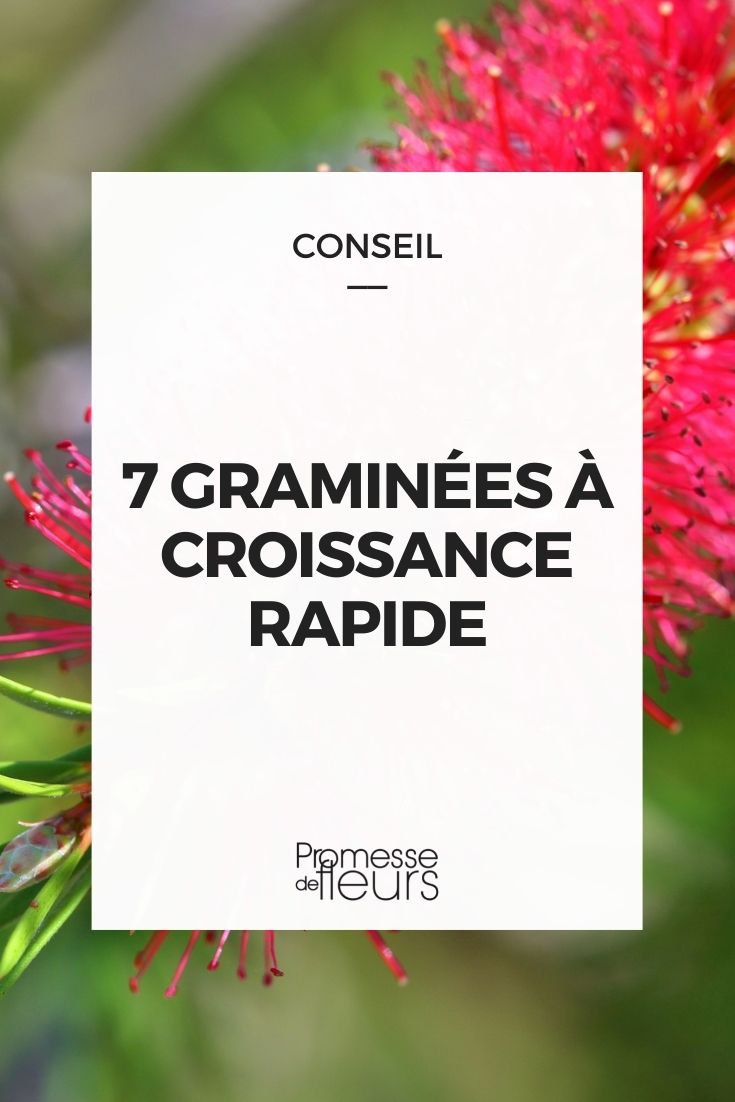
































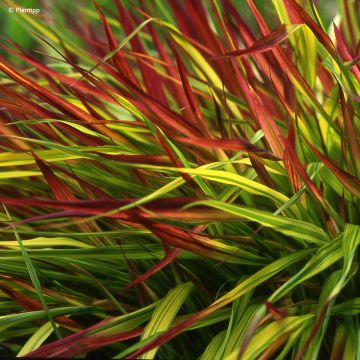
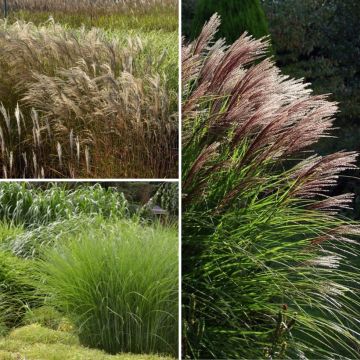
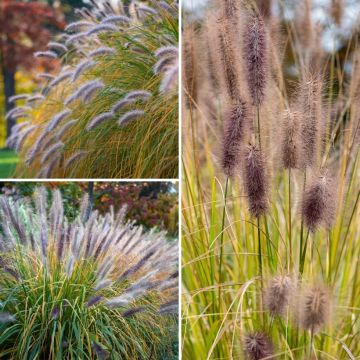
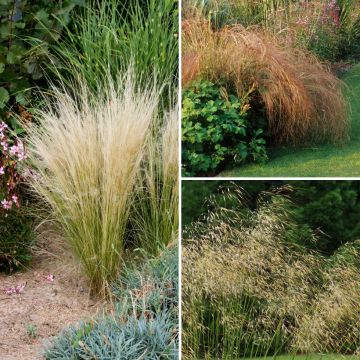
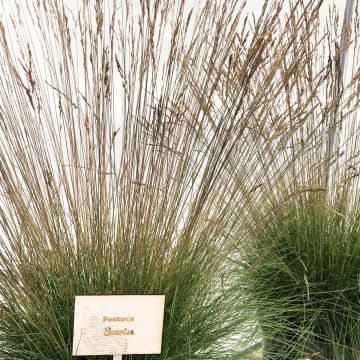
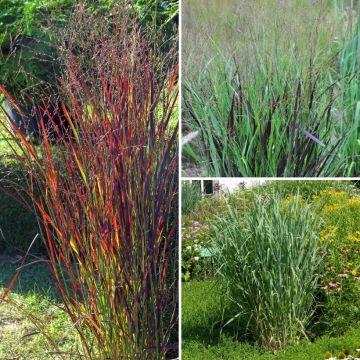
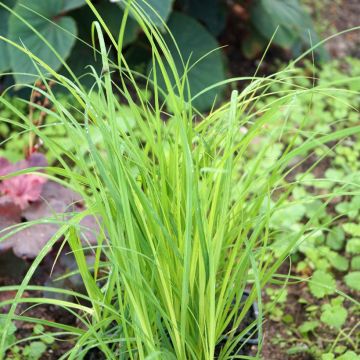

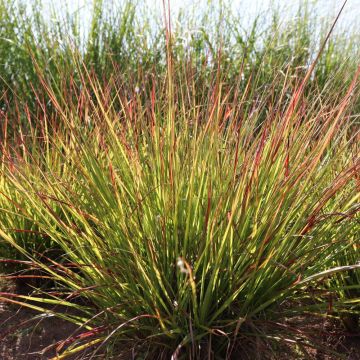
Comments